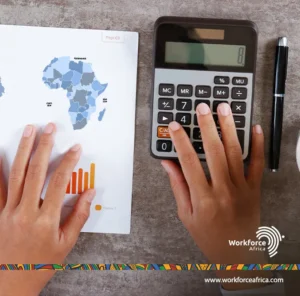Since the formation of the World Trade Organization (WTO), the African Continental Free Trade Area (AfCFTA) is the largest free-trade area globally by the number of countries, and it came into force on 1st January 2021. The goal is to bring together all 55 member states of the African Union (AU), covering a market of over 1.2 billion people and a combined GDP of $2.5 trillion. According to the United Nations Economic Commission for Africa (UNECA), the AfCFTA has the potential to boost intra-African trade by about 52.3 per cent. As promising as the African Continental Free Trade Area (AfCFTA), several significant obstacles need to be overcome before it becomes fully operational.
What is AfCFTA?
In January 2012, the African Union agreed to develop the AfCFTA. However, it took eight rounds of negotiations, from 2015 to December 2017, to reach an agreement. The AfCFTA agreement is set to be signed by all 55 member states of the African Union. The draft agreement commits countries to remove tariffs on 90 per cent of goods, with 10 per cent of “sensitive items” to be phased in later. The agreement will also liberalise services and tackle so-called “non-tariff barriers” that restrict Intra-African trade.
The AfCFTA has eight (8) strategic objectives:
- Build a single market for goods and services, facilitated by the movement of people;
- Contribute to the movement of capital and people and encourage investment;
- Create a continental customs union;
- Expand intra-African trade;
- Resolve the challenges of overlapping memberships in regional economic arrangements;
- Promote sustainable and inclusive economic development;
- Boost industrial development; and
- Enhance competitiveness
What is the economic impact of the AfCTFA?

Trade among African countries has been historically low. In 2017, Intra-African exports accounted for 16.6% of total exports, compared with 68% in Europe and 59% in Asia, pointing to untapped intra-African trade potential.
Accelerated growth, diversified exports, increased employment opportunities and incomes, increased foreign direct investment, and broadened economic inclusion are some of the positive economic outcomes that AfCFTA promises. The removal of trade barriers and allowance of free movement of goods, services, and people across Africa will increase the Continent’s exports by $560 billion, also, intra-continental exports are projected to increase by 81 per cent.
According to the Mo Ibrahim Foundation, The AfCFTA could generate a combined consumer and business spending of about $6.7 trillion by 2030 if successfully implemented. Furthermore, markets and economies across the region will be reshaped, leading to the creation of new industries and the expansion of critical sectors. Significantly, it would make African countries more competitive globally.
What are the key challenges that lie ahead for the AfCFTA?
The main challenge facing the African continent is that most African states are the least-developed countries globally, suffering from a number of trade supply constraints. Although trade liberalisation is a necessary condition for economic development, it is not a sufficient condition. For trade liberalisation to be effective, African states must overcome the trade supply constraints. These trade supply constraints include weak infrastructure, onerous and time-consuming procedures at customs borders, restricted access of landlocked African states to the Ports.
There are significant aspects of the AfCFTA that still need to be negotiated, and there are differences in each African countries’ economic strength and priorities. For example, Nigeria, Egypt and South Africa account for over 50% of Africa’s cumulative GDP, while the six sovereign island countries account for just about 1%; This has been a complicating factor in negotiations. The AfCFTA is also faced with the difficult task of cultivating cooperation among many national and regional parties with trade interests that will conflict at times.
The existence of various bilateral trade agreements between individual African countries and other non-African countries, overlapping Regional Economic Communities memberships, poor infrastructure, large areas of violent conflicts and unrest, corruption and excessive border bureaucracy that still hold back growth and integration across the continent also pose challenges to the success of AfCFTA.
What’s in it for Investors?

Africa has a youthful population and a growing middle class with increasing purchasing power. With AFCTA, investors can do business based on a streamlined set of trade and investment rules across Africa. Investors can leverage economies of scale and avoid the challenges that come with market fragmentation. Whilst COVID-19 has had a significant impact on the economic projections of the AU, the fact that economic integration is proceeding under AfCFTA and international bodies are providing support will likely encourage more investors in the long term.
As a whole, Africa needs to take significant steps to boost trade, such as providing more access to credit and capital and fostering skills for entrepreneurship. Business and political leaders will need to think creatively about continental joint ventures to build strong production and manufacturing networks across the continent.
The initiation of the AfCFTA marks a major milestone for the continental trade system in Africa. The size of the trade area presents a huge potential for economic development and sustainable growth that cuts across all market sectors and participants; Overall, the African market has the potential to become the new engine of growth across the continent.
Are you ready to further explore the potential benefits of AfCFTA for your global business? Click here to have a quick chat with us.





